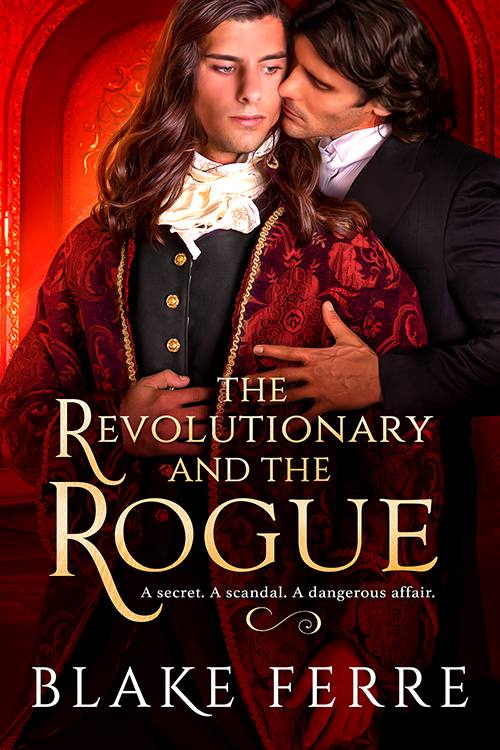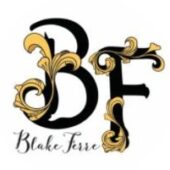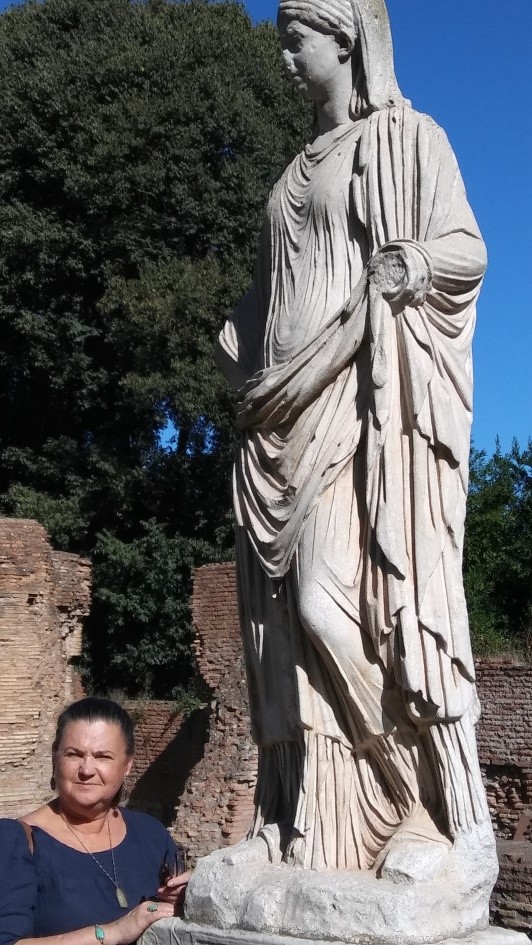 Travel feels like something that’s so out of reach these days. While spending most of my time at home the past few months, one thing that has helped to get me through each day is reflecting on my trip to Paris. Over two weeks, I trekked through as many sites and museums as my legs could possibly allow. There simply was not enough time to fully immerse myself in the city. Every single minute counted as an opportunity to see something I might never again have the chance to encounter. I refused to allow exhaustion to hold me back. Especially because there were so many pieces of the French Revolution I wanted find as a part of my research for The Revolutionary and the Rogue.
Travel feels like something that’s so out of reach these days. While spending most of my time at home the past few months, one thing that has helped to get me through each day is reflecting on my trip to Paris. Over two weeks, I trekked through as many sites and museums as my legs could possibly allow. There simply was not enough time to fully immerse myself in the city. Every single minute counted as an opportunity to see something I might never again have the chance to encounter. I refused to allow exhaustion to hold me back. Especially because there were so many pieces of the French Revolution I wanted find as a part of my research for The Revolutionary and the Rogue.
About the story:
Okay, so the French Revolution hardly sounds like a romantic setting. In November of 1793, Paris was in turmoil. Rights were stripped from France’s citizens and anyone could be sent to prison for simply speaking against the government. This was only the beginning of the Reign of Terror, which saw thousands of people die at the guillotine. But the sudden removal of rights and the atrocities committed during the period provided a compelling setup for an enemies to lovers story. Neither side of the fight was innocent from causing harm.
Perrin de Vesey is a nobleman who lost his lover unjustly to the guillotine. Having lived in isolation for the past year, he’s only heard rumor of the atrocities occurring throughout the city. When his friends recruit him to help free innocents from the guillotine, Perrin finds new meaning in life.
Henri Chevalier is an officer of the Republic who hunts traitors suspected of rallying foreign enemies against France. Before the fall of the Bastille, during the rule of the ancien régime, a wicked aristocrat had Henri’s father imprisoned without trial simply by sending a lettre de cachet to the king. Such letters resulted in imprisonment without question. Henri’s father died behind bars, but Henri aims to right the wrongs of the aristocracy and ensure the success of France’s new republic. But the society Henri fought for is in shambles. Squeamish by nature, Henri can’t stomach the guillotine.
On opposite sides of the fight, Henri and Perrin clash at every encounter, until they are forced to face the truth that they might not be so different after all. Each has suffered because of the Revolution and the lines of good versus bad are as hazy as the heavy mist the month of Brumaire is named after.
Remnants of the Revolution:
During my journey through Paris—and hunting down remnants of the Revolution—a few places stood out above the others.
The Conciergerie. It’s hard to fathom what it must of have felt like for a prisoner to step within these walls. From the exterior, it’s a medieval palace. A grand structure with iconic turrets that reflects beautifully in the waters of the Seine. Stepping inside, the arched ceiling drew me into the past. There was an eerie energy within the thick stone walls. A few cells were staged for visitors, and it was painful to imagine such tiny spaces tightly crammed with people. One thing I took note of was how difficult it would have been to stage an escape.
La Force Prison. This prison no longer stands, but I made a point to stroll down the Rue Pavée, where I found a marker that designates the last remaining corner of the prison walls. Touching the wormlike patterns of the dark stone triggered a lot of emotions in me as I imagined my characters hurrying down the street, preparing to sneak inside.
Musée des Arts et Métiers. During the French Revolution, time itself was changed in order to sever the influence of the ancien régime. Calendar months and days were renamed and the length of weeks went from seven to ten days. The time keeping system was set to decimal time: one hundred minutes to the hour, ten hours to a day. On my hunt to find a decimal clock, I came upon this museum. Not only did it house the remarkable laboratory used by the notable chemist Lavoisier (who was sadly guillotined) but it also housed several examples of decimal clocks. Many of them showcased both the decimal and standard times.
Musée Carnavalet. I really wanted to see this museum, but it was closed for renovations. I was able to get my hands on an old guidebook that shows off their collection and discusses the history of the Revolution. This place is definitely on my bucket list for whenever I’m able to journey to Paris again.
There were many other amazing places I saw including a military museum that displayed officer uniforms similar to those Henri might have worn. But these had the biggest emotional impact on me.









